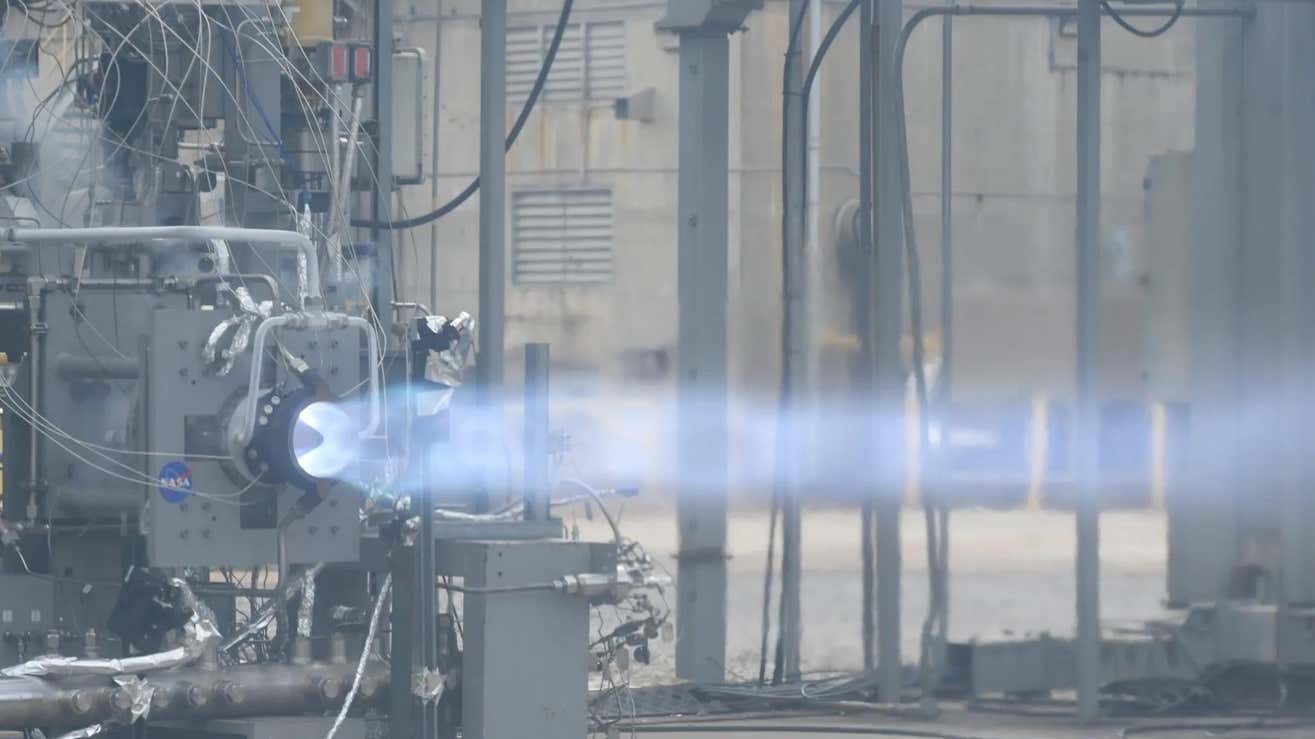NASA recently conducted an extended test of its cutting-edge Rotating Detonation Rocket Engine (RDRE), showcasing its capabilities in a sustained burn lasting three times longer than the initial trial. The 3D-printed RDRE, stationed at NASA's Marshall Space Flight Center in Huntsville, Alabama, delivered over 5,800 pounds of thrust for an impressive 251 seconds, surpassing four minutes.
NASA recently conducted an extended test of its cutting-edge Rotating Detonation Rocket Engine (RDRE), showcasing its capabilities in a sustained burn lasting three times longer than the initial trial. The 3D-printed RDRE, stationed at NASA's Marshall Space Flight Center in Huntsville, Alabama, delivered over 5,800 pounds of thrust for an impressive 251 seconds, surpassing four minutes. The propulsion system's unique detonation-based thrust proves promising for future deep space missions, including crewed landers and interplanetary travel to destinations like the Moon and Mars.
In a significant advancement, NASA engineers are delving into the scalability of the RDRE technology, aiming to refine it for higher performance. The initial test in 2022 demonstrated the engine's potential with over 4,000 pounds of thrust for nearly a minute. The recent test focused on understanding how to adapt the combustor to various thrust classes, optimizing its applicability for diverse missions, ranging from landers to upper stage engines and even supersonic retropropulsion—a technique crucial for landing larger payloads, potentially including humans, on Mars. NASA envisions a fully reusable 10,000-pound RDRE as part of their ambitious plans for Moon to Mars exploration.
"The RDRE enables a huge leap in design efficiency," remarked Thomas Teasley, a combustion devices engineer at Marshall leading the RDRE tests. "It demonstrates we are closer to making lightweight propulsion systems that will allow us to send more mass and payload further into deep space, a critical component to NASA’s Moon to Mars vision."
